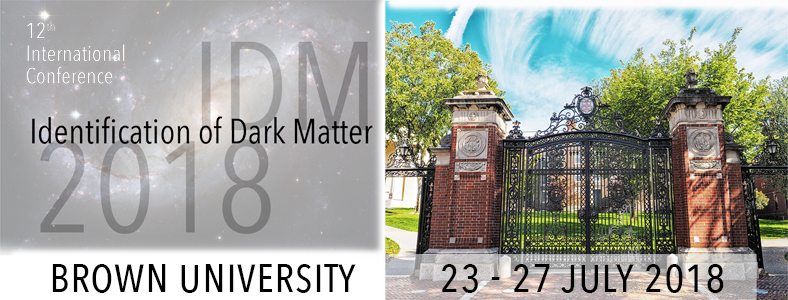Speaker
Description
The SuperCDMS SNOLAB experiment, currently under construction, will seek direct detection of dark matter with mass from 0.5-10 GeV/c$^2$. It has been designed with an initial sensitivity to nuclear recoil cross sections ~ 10$^{−43}$ cm$^2$ for a dark matter particle mass of 1 GeV/c$^2$, and with capacity to continue exploration to both smaller masses and better sensitivities. The experiment uses cryogenic detectors of two types (HV and iZIP) and two target materials (germanium and silicon). This mix of detector types and targets will maximize the low-mass reach while providing understanding of the backgrounds that the experiment will encounter. The primary backgrounds are expected to be cosmogenically produced tritium and naturally occurring Si-32, with radon daughters dominating for the lowest masses probed. This talk will describe the overall experiment design, current status, and projected backgrounds and sensitivity.
